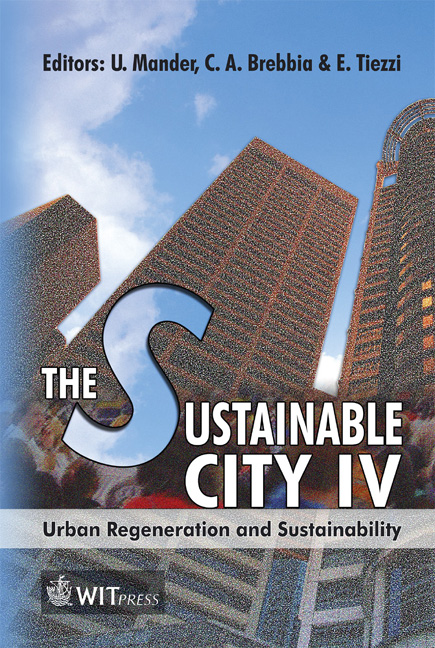Suburbanisation And Commuting Modes In The Tallinn Metropolitan Area
Price
Free (open access)
Transaction
Volume
93
Pages
10
Published
2006
Size
970 kb
Paper DOI
10.2495/SC060591
Copyright
WIT Press
Author(s)
K. Leetmaa, P. Metspalu & T. Tammaru
Abstract
Suburbanisation is one of the most important features of spatial population change in Estonia. The aim of this article is to analyse the process of suburbanisation and related changes in commuting modes compared to the late Soviet period in the Tallinn metropolitan area. We use three datasets in our study: individual level 2000 census data, municipal planning documents and a sample survey. The results of the study indicate that most of the people who moved from Tallinn to its suburban areas in the 1990s moved to pre-transition period housing stock. However, the new housing construction is playing an increasingly important role in the suburbanisation process and in the course of time the process has taken the form of uncontrolled urban sprawl lead by the detailed rather than the master plans, and by the interests of real estate development companies. Besides, the sprawl of housing to the former natural and agricultural landscapes has considerably increased the commuters car-dependence compared to the late Soviet period. While public transport was the dominant commuting mode in the Soviet Estonia, today car-based commuting clearly dominates. Keywords: suburbanisation, urban sprawl, commuting modes, Tallinn metropolitan area 1 Introduction Many Eastern and Central European countries witnessed rapid suburbanisation around major cities in the post-socialist period. In Estonia, the increase in the migration from the cities to their surrounding areas took place as well in the 1990s [1] and the process has accelerated remarkably since the second half of the 1990s. The aim of this article is to analyse the trends in suburbanisation, spatial
Keywords
suburbanisation, urban sprawl, commuting modes, Tallinn metropolitan area





